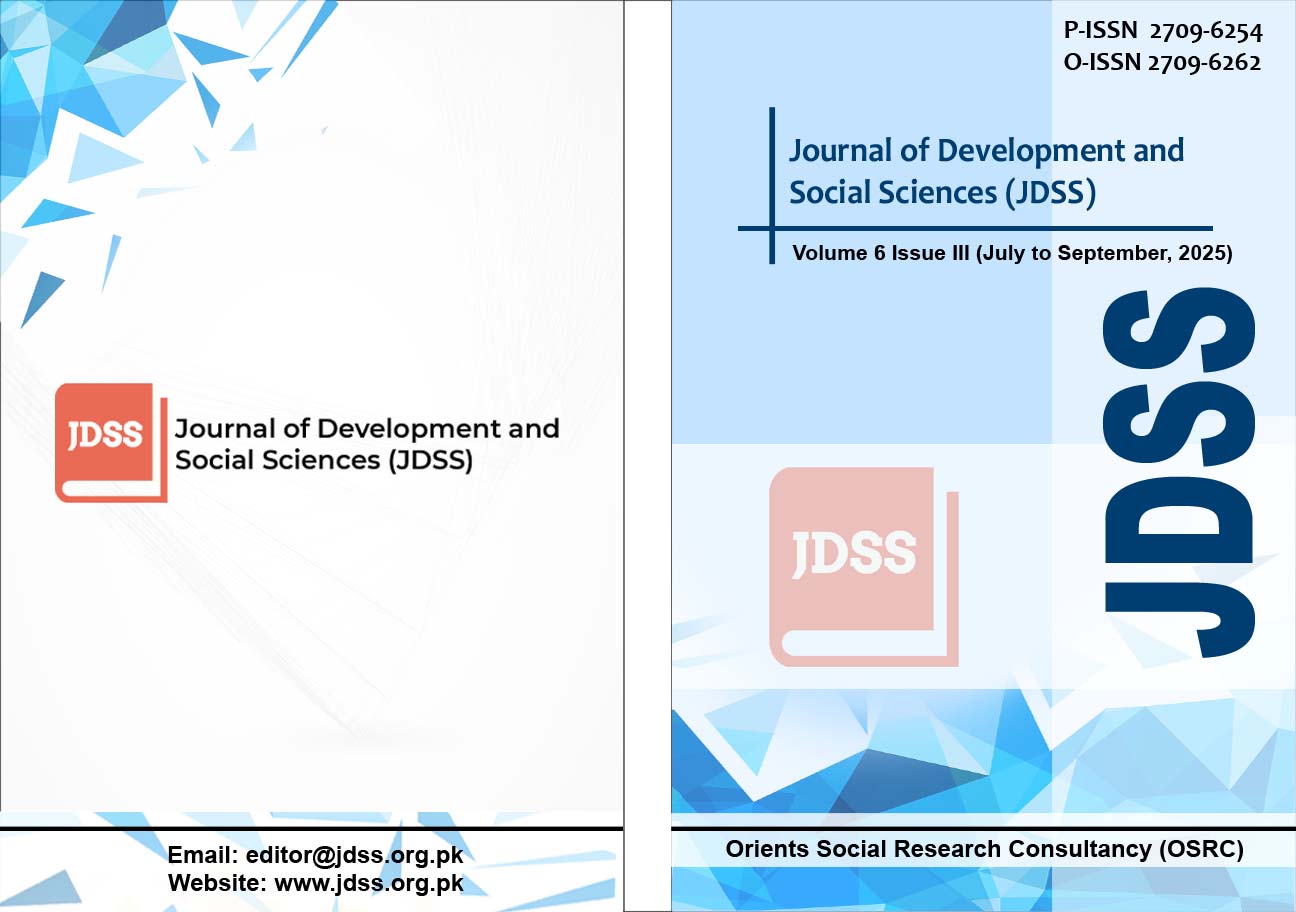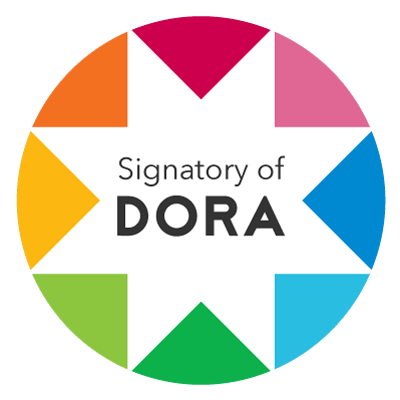Blended Learning a Boon or a Bane: Students Perspectives
DOI:
https://doi.org/10.47205/jdss.2025(6-III)38Keywords:
Blended Learning, Monkey pox, COVID-19, University, Southern PunjabAbstract
The current study examines the blended learning experiences of the university students from the South Punjab, Pakistan. It also justifies whether these practices are useful in "Education in Emergency" and the other impending threats like COVID19 and monkey pox. The students are both a crucial component and a major stakeholder in education. The study was delimited to only two Universities situated in southern Punjab. Four hundred students (221 male and 179 female) from these public sector universities were taken as a sample. The Islamia University of Bahawalpur and Bahauddin Zakariya University Multan were included in this study. A self-developed Questionnaire on five point rating scale comprising 40 statements was used as a tool for data collection from the defined sample. The findings of the study reveal that blended learning is a fruitful if delivered carefully and technically. Some of the students preferred to learn on campus than online due to lack of facilities, expertise and internet disruption. The study recommends a proper training for the teachers and the taught as well as the availability of the required equipment during such type of teaching learning.
Downloads
Published
Details
-
Abstract Views: 224
PDF Downloads: 85
How to Cite
Issue
Section
License
Copyright (c) 2025 Journal of Development and Social Sciences

This work is licensed under a Creative Commons Attribution-NonCommercial 4.0 International License.

ORIENTS SOCIAL RESEARCH CONSULTANCY (OSRC) & Journal of Development and Social Sciences (JDSS) adheres to Creative Commons Attribution-Non Commercial 4.0 International License. The authors submitting and publishing in JDSS agree to the copyright policy under creative common license 4.0 (Attribution-Non Commercial 4.0 International license). Under this license, the authors published in JDSS retain the copyright including publishing rights of their scholarly work and agree to let others remix, tweak, and build upon their work non-commercially. All other authors using the content of JDSS are required to cite author(s) and publisher in their work. Therefore, ORIENTS SOCIAL RESEARCH CONSULTANCY (OSRC) & Journal of Development and Social Sciences (JDSS) follow an Open Access Policy for copyright and licensing.







